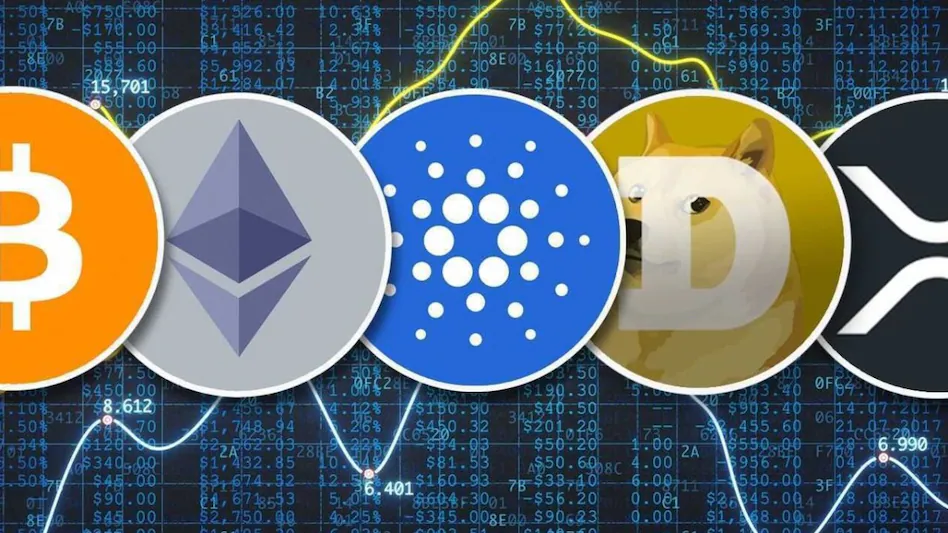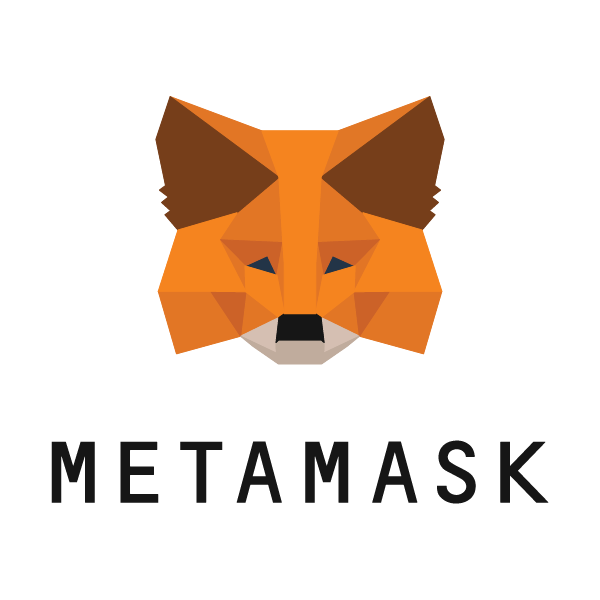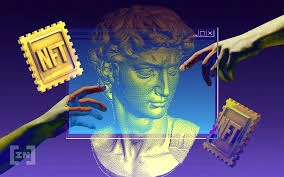Introduction: Understanding the Web3 Lifestyle Impact
At first, the phrase “Web3 lifestyle impact” could seem specialized or technical. Nonetheless, Web3 technologies—decentralized apps (dApps), blockchain, and cryptocurrencies—are gradually permeating daily life. This evolution is gradual, multi-layered, and frequently invisible.


A technical explanation of how Web3 technologies are changing aspects of lifestyle including payments, social interaction, and digital ownership may be found below.
1. Web3 Payments: Decentralized Finance (DeFi) Integration
Current State:
Most digital transactions still rely on centralized services like Visa, PayPal, or Apple Pay. These platforms manage transaction approvals, charge fees, and sometimes enforce account limitations.


Web3 Transformation:
- Blockchain-Based Payments: Smart contracts enable peer-to-peer payments without intermediaries.
- Stablecoins: Pegged to fiat currencies, they aim to stabilize value, allowing seamless, lower-fee transactions.
- Digital Wallets: Tools like MetaMask or Coinbase Wallet provide direct asset control, allowing users to hold, send, and earn interest on their crypto assets independently.

Impact Summary:
The influence of the Web3 lifestyle on payments gives people financial autonomy, lowers transaction friction, and creates chances for yield production through DeFi protocols.
2. Web3 and Social Media: Data Sovereignty
Current State:
Traditional platforms (Facebook, Twitter, Instagram) profit by monetizing user-generated data, offering limited user control over personal content and social graphs.


Web3 Transformation:
- Decentralized Social Protocols: Platforms like Lens Protocol and Farcaster allow users to own their content and social connections via blockchain identifiers.
- Portability: Users can migrate their profiles and followers across compatible apps without losing their digital presence.
- Revenue Redistribution: Some decentralized platforms integrate token-based reward systems to share ad revenue or platform value directly with users.
Impact Summary:
By introducing user ownership, mobility, and equitable value distribution, the Web3 lifestyle has a profound impact on social media and changes the dynamics of online interactions.
3. Digital Identity and Asset Ownership: Beyond NFTs
Current State:
Digital purchases of songs, games, photos are typically licensed, not owned. Service discontinuations can lead to irreversible data loss.
Web3 Transformation:
- NFTs as Proof of Ownership: Non-Fungible Tokens (NFTs) authenticate true ownership of digital assets, ensuring verifiable, decentralized proof.
- Decentralized Storage: Systems like IPFS (InterPlanetary File System) store content permanently, decoupled from any single service provider.
- On-Chain Achievements: In gaming and education sectors, users are beginning to earn verifiable credentials and trophies recorded on blockchain networks.


Impact Summary:
Digital property rights are redefined by the Web3 lifestyle influence on ownership, providing people with real, safe control over their digital assets.
4. Technical Barriers and Adoption Challenges
User Experience (UX):
Current decentralized apps often suffer from complex interfaces, high transaction fees (especially on congested blockchains like Ethereum), and limited customer support.
Security Risks:
Wallet hacks, phishing attacks, and smart contract vulnerabilities pose ongoing threats to Web3 participants.


Scalability Issues:
Blockchain networks still grapple with throughput limitations. Layer 2 solutions (e.g., Arbitrum, Optimism) and next-gen blockchains (e.g., Solana, Avalanche) aim to address these problems.
Impact Summary:
The impact of the Web3 lifestyle is encouraging, but real mainstream adoption will require overcoming major technical obstacles.
Conclusion: Web3 Lifestyle Impact — A Gradual but Inevitable Shift
Though slowly, the effects of the Web3 lifestyle are being seen in asset ownership, social institutions, and payments. Once technical and user experience issues are fixed, widespread Web3 integration is probably going to pick up speed, much like the early internet or smartphone adoption curve.
Those who participate in Web3 social platforms, experiment with decentralized wallets, or investigate NFT marketplaces early on will gain a better understanding of and maybe profit from this paradigm change.
It appears that the decentralized lifestyle of the future is already under way.
Relevant Link : Here



